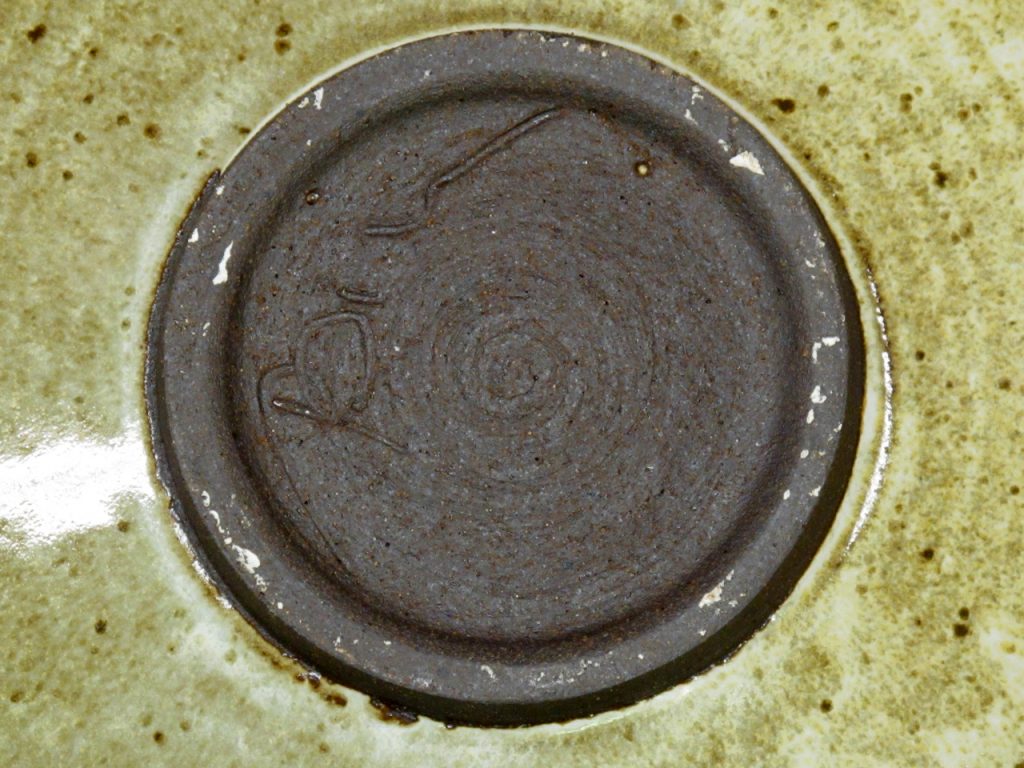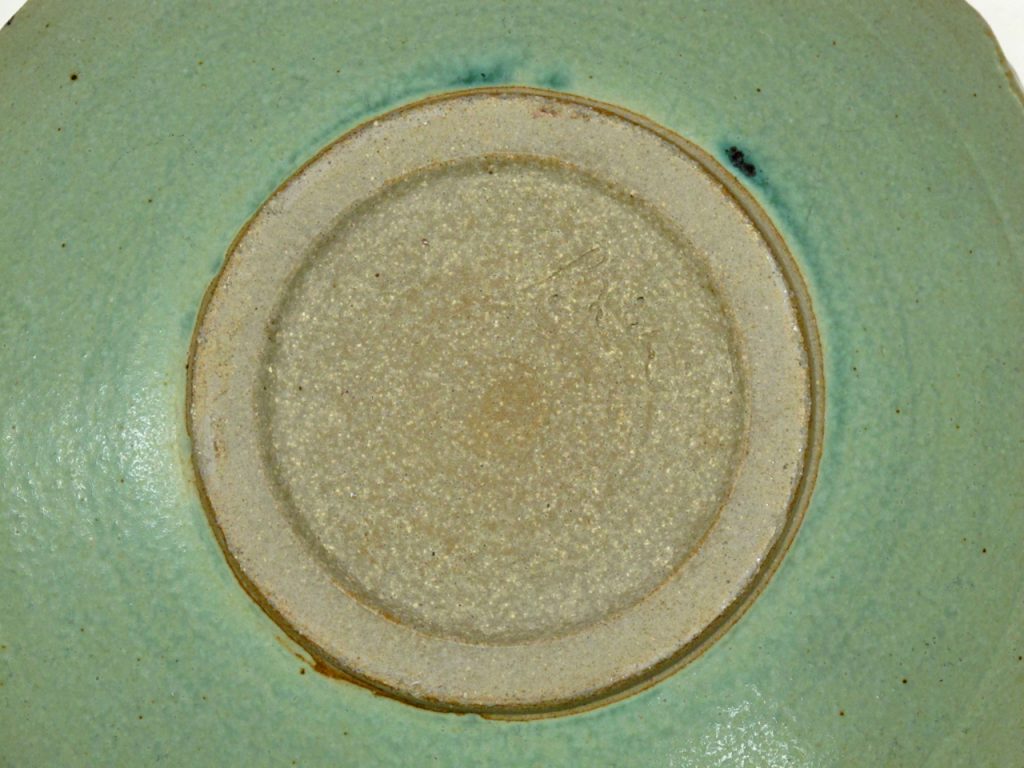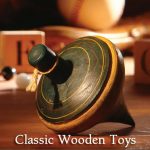We may receive a commission when you use our affiliate links. However, this does not impact our recommendations.

Unsanded very coarse clay that would require a lot of sanding to make smooth.
I got a call recently from a friend who runs a mid-size woodworking shop. He was making several dozen walnut tables for a restaurant and finishing them with pre-catalyzed lacquer. He sent off a sample of the finish to the restaurant owner, who came back with an objection.
The restaurant had hired a professional potter to make the dishes (nice!). And the plates and bowls scratched the finish when they were slid across the surface. The owner didn’t want to use tablecloths or place mats because the walnut in the tabletop was so beautiful. What to do?
As it happens, my wife is a professional potter. I thought I knew the answer, but I also thought it best to discuss the problem with her. She said the potter the restaurant hired just wasn’t sanding the base of the pottery smooth enough. The bottom didn’t need to be polished, just smooth to the touch so it wouldn’t scratch.
My wife explained that doing this is a lot of work. She spends a lot of time smoothing the bases of all her pots.
There are a number a ways to do this, usually with high quality sandpaper. She uses silicon carbide paper with a cloth backing. But she agreed that a production shop making plates and bowls could set up an assembly line and use a hand-held sander. She also said there are flat grinding stones that fit right on a potters’ wheel available from potter suppliers. But the bases of the pots have to be almost perfectly flat for these stones to work well.
She also cautioned that clays are different, some come out of the kiln rougher than others. So the potter would have to figure out the system that works best for the clay he or she is using.

The sanded base of one of my wife’s bowls.
What about the finish? Are there finishes that are harder than pre-catalyzed lacquer, hard enough so they wouldn’t be scratched even if the dishes weren’t sanded well?
There are harder finishes, the most likely candidate being catalyzed (conversion) varnish. The problem is that a rough base on a pot is going to scratch almost anything. I don’t think catalyzed varnish is more scratch resistant than plastic laminate (they are both made with the same resin, melamine formaldehyde, sometimes called just melamine), and a rough pot will scratch plastic laminate if slide across the surface.
So I suggested that my friend have the restaurant owner talk with the pottery supplier.
— Bob Flexner
Here are some supplies and tools we find essential in our everyday work around the shop. We may receive a commission from sales referred by our links; however, we have carefully selected these products for their usefulness and quality.










We always used a wet grinder, usually only for white pieces of the old kiln shelves like shown in the top image. Otherwise when trimming the greenwear the bottom could be smoothed or burnished a bit where it wasn’t a problem after the final firing. Although, that’s a lot easier to do on one off pieces or small sets. What direction did the restaurant end up going with?